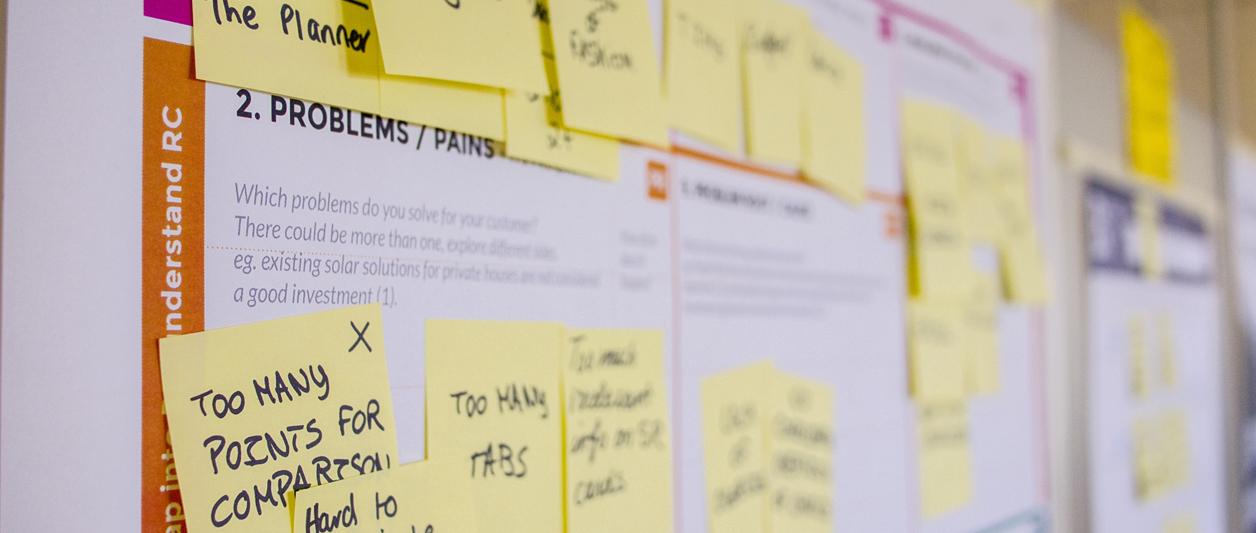
When designing your website it is easy to lose yourself in the details of branding, features, layout and all the intricacies of what it will do or how it will look. Sometimes what is forgotten is what exactly your users (those visiting your website) want and need from your site. That is where creating a user journey map comes in.
Get the infographic!
Typically someone will go to your website because they are looking for a specific thing. Maybe they stumbled upon you while doing a Google search, or possibly a friend mentioned your product... regardless of how they found you, once they hit your site you have a limited amount of time to prove to them you can meet their needs before they move on to something else or just lose interest.
A user journey map (also known as a customer journey map) is a diagram that visually illustrates the user experience as they navigate your website, starting with initial contact and continuing along the entire path to long-term loyalty. It identifies key interactions and touchpoints, and describes in detail the customer’s goals, motivations, and feelings at each step. It is a way of getting into your customers’ heads, helping you gain valuable insight and understanding regarding common pain points, building empathy for customers in what they want and how they feel. Mapping out the user journey is an effective way to understand what turns a visitor into a long-term loyal customer.
No two user journey maps are the same, just as no two businesses are the same. However here are a few tips to get you started.

DEVELOP YOUR BUYER PERSONA
You want to get extremely clear on exactly who your buyer is. How old are they, where do they live, what do they do for a living? What are their wants and needs, likes and dislikes? How do they behave, what motivates them? What is their end goal and how can you help them achieve it? For this part do not make the mistake of assuming you know what your customer wants. Gather as much data and information as you can, using customer interviews, buyer research, etc. This will help you further in the process of creating your user journey map.
MAP THE TOUCHPOINTS
Touchpoints are any time a customer comes into contact with you or your brand. These can happen online, offline, in person, over the phone, etc. Compile a series of user actions (and the goal surrounding that action) into steps on a path that move in a continuous direction. The steps for a typical buyer’s journey are Awareness, Research, Purchase and Use. Within each of those steps exist many touchpoints, all of which should be added to your user journey map.
IDENTIFY PAIN POINTS
Now you need to add in the buyer’s thoughts and emotions for each stage based on your research. You will want to include actions, motivations, feelings and emotions they have at each touchpoint, paying attention to where they get stuck or frustrated. Identify potential roadblocks or pain points in the buyer’s journey. You may also want to note down areas where you’re currently doing things right, and figure out ways to improve.

ACHIEVE GOALS
Now that you are aware of the pain points, find ways to soften or remove those roadblocks and help your buyer achieve their goals. Keep in mind that your end goal is to continue moving your visitor down the funnel and bring them one step closer to becoming a customer, so your solutions to each pain point should all be contributing to that goal.
CREATE A VISUAL REPRESENTATION
Gather all of this valuable information and put it into a visual format. This is your user journey map. For smaller businesses and basic websites a simple user journey map can be sufficient, larger corporations with may require more complex (or even multiple) maps to be created.
Understanding a user’s needs is a huge part of a strong and effective website design. It’s also important that you implement and automate the processes that allow you to continually optimize your customer experience. To continue creating a user experience that is highly personalized and relevant, you always need to be gathering data and testing assumptions.
Let's Get to Work.
Have an unsolvable problem or audacious idea?
